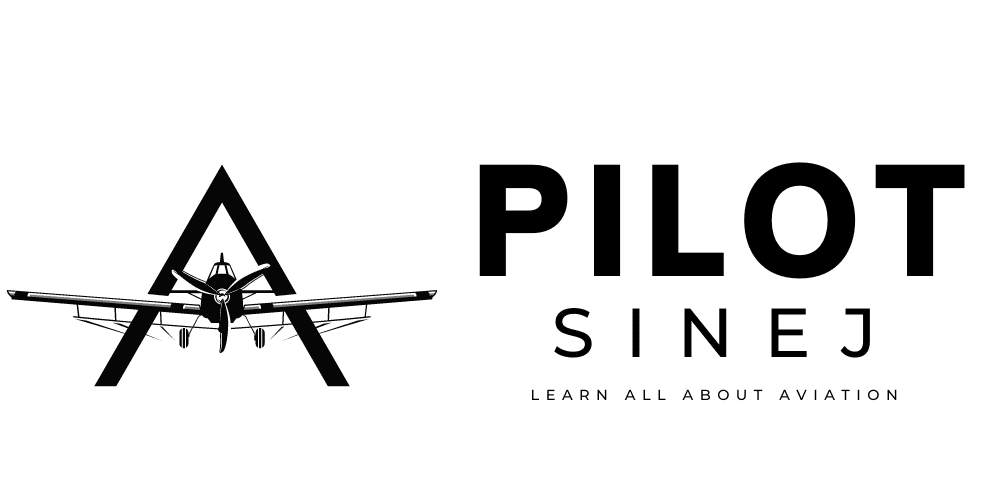Introduction
Circling approaches aren’t just another maneuver—they’re a visual segment of an instrument procedure that demands precision, discipline, and sharp situational awareness. When terrain, wind, or runway orientation prevents a straight-in landing, Airbus A320 pilots must rely on the circling approach procedure. This guide walks you through the Airbus FCTM-based circling approach—from setup to final touchdown—with actionable insights every pilot should know.
1. What Is a Circling Approach in the Airbus A320?
A circling approach is a visual phase following an instrument approach that allows the aircraft to maneuver for landing on a runway not aligned with the final approach track. This is often due to wind direction, runway availability, or surrounding terrain.
While ICAO and FAA both define circling minima and obstacle clearance differently, the basic goal remains the same: maintain visual contact with the runway environment while maneuvering within a protected area.
2. Preparation Before Descent
F-PLN and NAV Setup
- Enter the STAR and the full instrument approach, including its missed approach procedure.
- At the Final Approach Fix (FAF), insert F speed as a constraint—this ensures CONF 3 and gear down during the circling segment.
- Check altitude constraints and ensure vertical logic supports a stabilized approach.
SEC F-PLN Strategy
- Insert the intended landing runway into the SEC F-PLN.
- Actions:
- SEC F-PLN > COPY ACTIVE
- Perform a lateral revision to insert the landing runway
- Keep the F-PLN discontinuity—this helps preserve situational control.
3. Arrival Briefing Essentials for Circling
A complete arrival briefing should now include:
- Circling minima: Refer to Jeppesen or company-specific minima.
- Direction of circling: Note any restrictions (e.g. left-hand pattern only).
- Obstacle awareness: Study terrain, towers, or other nearby hazards.
- Crew coordination: PF should ideally be seated on the same side as the circling direction.
- Technique: Use of FPV, TRK-FPA, and managed/selected speed.
- Loss of visual cues: Define go-around point and action.
4. Flying the Final Instrument Approach
- Configure early: CONF 3, landing gear down, maintain F speed.
- Perform LANDING checklist except for FLAPS.
- Keep the approach stabilized—this is critical before initiating visual maneuvering.
 5. Executing the Circling Approach: Step-by-Step
5. Executing the Circling Approach: Step-by-Step
Visual reference acquired at MDA/MDH:
- Level off—do not descend further until visual references are solid.
Begin circling:
- Use TRK-FPA.
- Preselect 45° track off final approach course.
- When wings level, start the CHRONO.
- After ~30 seconds, turn to downwind track (parallel to landing runway).
SEC F-PLN Activation:
- Activate SEC F-PLN only when needed, to display landing runway and use Ground Speed Mini logic.
- Too-early activation deletes missed approach logic—use caution.
Abeam Threshold:
- Start CHRONO again.
- Turn base after 3 seconds per 100 feet AGL (e.g., 30 seconds at 1,000 feet).
Turning Final:
- Disconnect AP and FDs before descent.
- Keep A/THR ON.
- Use up to 25° bank.
- Descend only when visual cues for runway are identified.
Final Touches:
- Configure fully (FLAPS FULL) early in final turn.
- Complete LANDING checklist.
6. Go-Around and Missed Approach Strategy
If visual contact is lost at any point:
- Climb and fly the missed approach for the instrument approach, not the SEC F-PLN route.
- Use selected modes.
- Avoid circling back within the same pattern—safety first.
Remember: If the SEC F-PLN is activated, the go-around routing may shift to the landing runway logic instead of the original procedure.
7. Key Tips & Mistakes to Avoid
- Don’t use NAV mode during the circling phase.
- Avoid late configuration or late disconnection of automation.
- Time your turns accurately using the CHRONO.
- Maintain F speed unless already committed to land.
 Frequently Asked Questions
Frequently Asked Questions
What is the A320 circling approach procedure?
Can you use autopilot during a circling approach?
When should I activate the SEC F-PLN?
What happens if I lose visual reference?
Conclusion
The circling approach in the Airbus A320 isn’t something to take lightly. When done right, it’s a safe, flexible solution to complex airport layouts or unfavorable winds. But it requires precise briefing, configuration, and timing. Stick to the Airbus FCTM flow, maintain situational awareness, and always have a plan for going around.
Train like you fly. Fly like you briefed it.

 5. Executing the Circling Approach: Step-by-Step
5. Executing the Circling Approach: Step-by-Step Frequently Asked Questions
Frequently Asked Questions